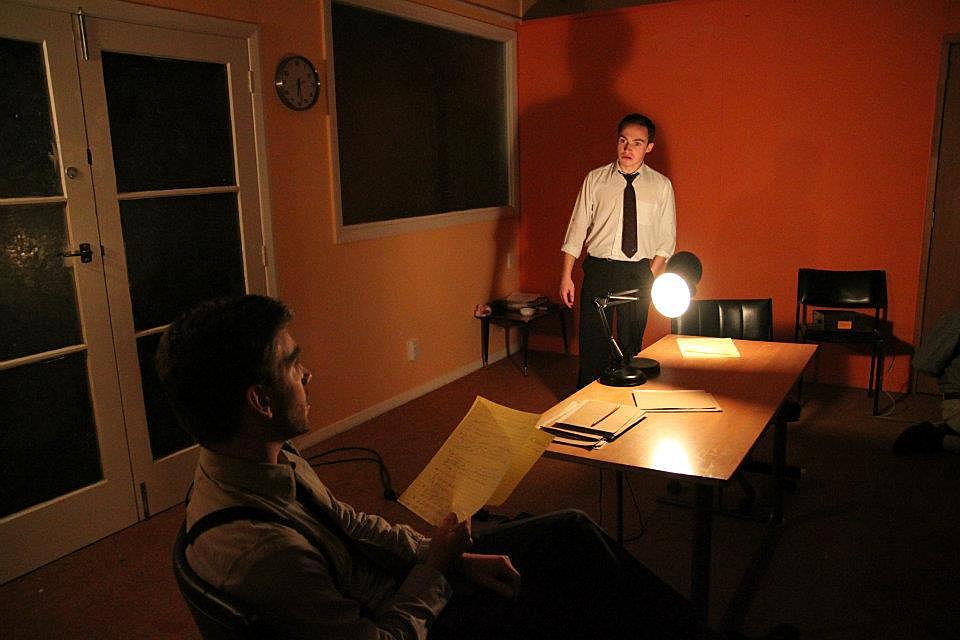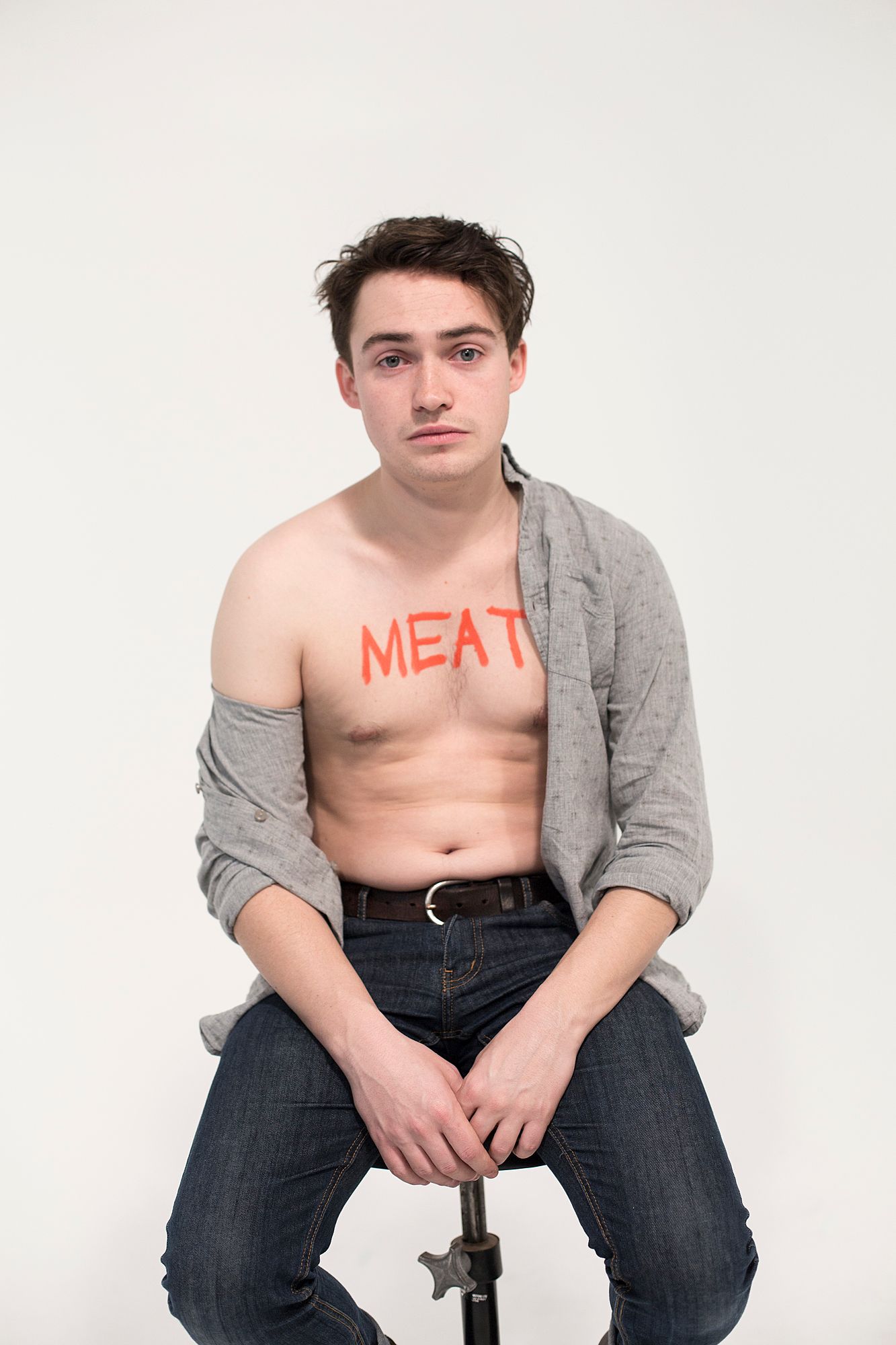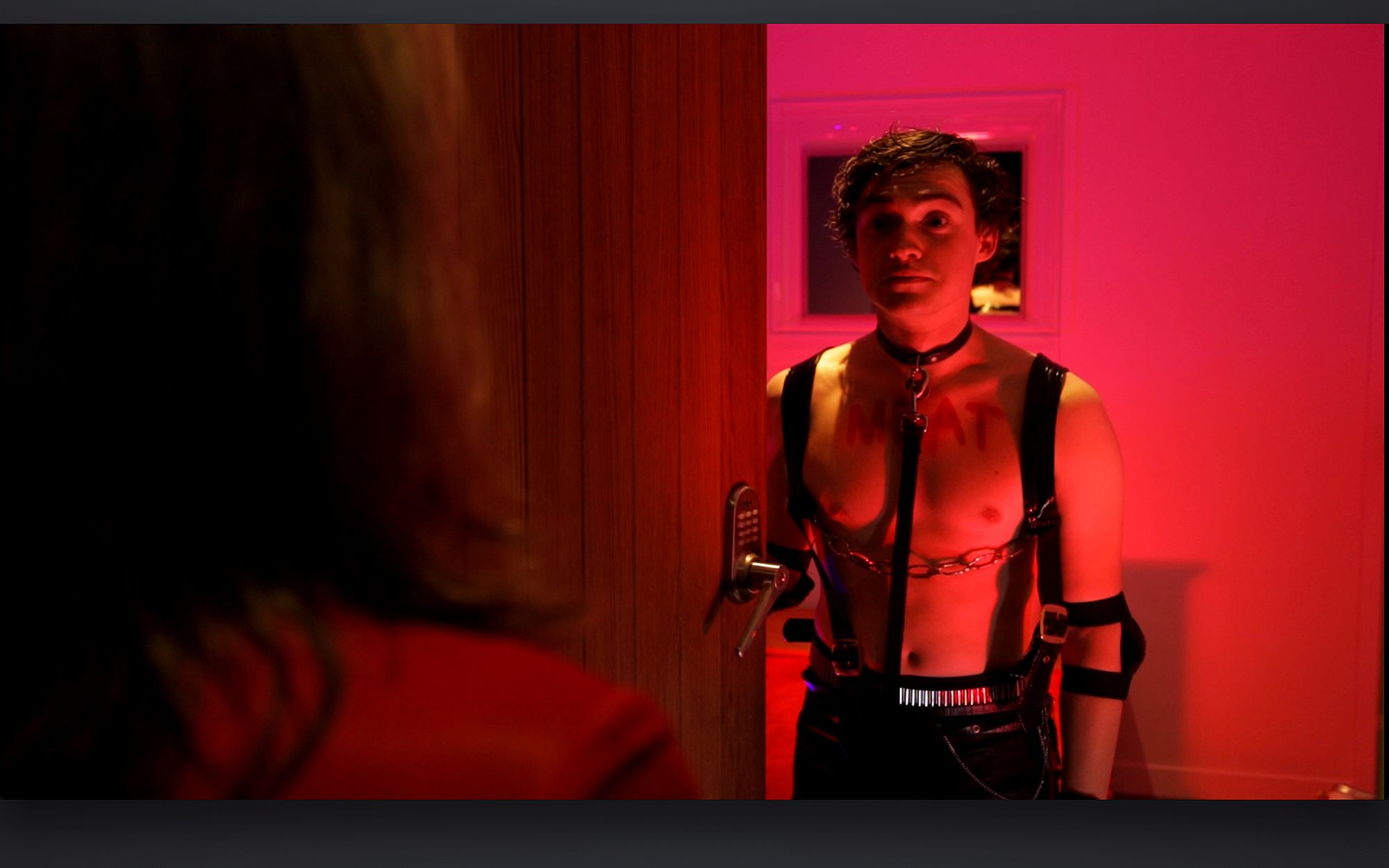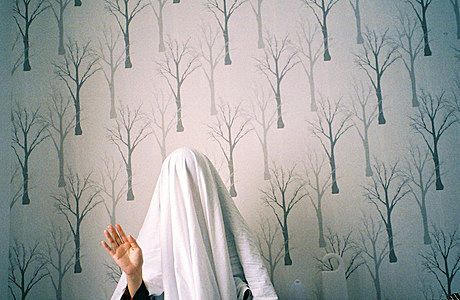Yung Start-Up
Patrick Hunn on art, commerce and amateurism.
The world rolls its eyes so far back into its sockets that the optic nerve snaps, and it asks, in a bored voice, if chasing a career in the arts isn’t perhaps a bit too wilfully naïve to be in any way charming?
For an increasing number of people, the path to becoming an actor or director or sculptor or novelist involves shelling out for a degree that commodifies artistic practice and normalises it. It’s been a resounding success in the sense that an ever-growing number of people see the pursuit of creative success as viable, provided this pursuit is sieved through the same educational architecture we use to produce microbiologists, copyright lawyers and high school teachers.
The result of this, cynical voices hiss, is that the world possesses an ever-growing population of articulate, sensitive personal assistants and retail workers with an excellent grasp of critical thinking.
All meanness aside, students in arts programs have to rapidly reconcile their dreams with the impenetrability of the areas they want to succeed in. Generally speaking, most of them/us accept this on the surface, but an internal false consciousness promises an individual exception to the rule. I’m going to make it, you guys. I’m better than most people and I just know I’m going to succeed, but I know that’s not a kosher thing to say (I actually say that all the time, but I’m trying to demonstrate empathy here).
While schools suggest by their very nature that hard work and perseverance form a dual carriageway to success, charisma and perspective have an important part to play as well. To use a confused and ugly metaphor, a place like art school is a mother claiming to love all her children equally, even though Samantha has an unpleasant way of eating and wet her bed well into her teens. No one believes you, Mom.
A commonly held but rarely talked-about belief is that if you aren’t snatched up by professional success the year you graduate it isn’t your fault: it’s the world failing to understand and appreciate and reward you as an artist. It’s the world’s hang-ups that are preventing it from seeing the value in who you are and what you do.
The thing to do, then, is to make your own work - to make your own opportunities. And increasingly, that’s what’s happening.
This advice is sound, to a point. People who put themselves in front of the public in a two-day photography exhibition in a tiny gallery, or a zine illicitly printed out on the office photocopier, or a solo clown show presented in a living room, have sometimes found their way to larger audiences.
Increasingly, however, these independent demonstrations of ability are swaddled in the language of business. Young artists are raised to hail the dual archetypes of The Great Artist and the Silicon Valley Start-up Prodigy, without necessarily possessing a proclivity to be the latter or an understanding of how the two might work together. Success as a fledgling artist, then, can depend heavily on how well you are able to grasp and manipulate the mechanics of business, marketing and finance.
The flowering profusion of new theatre companies that happens before every Fringe Festival illustrates this, in a way. In a manifesto affixed to the top of their newly created Facebook page they often promise to produce work that is ‘raw,’ which I have always understood to mean that the show will be exciting in the same way that eating raw steak may result in listeria poisoning. These companies have names that act as part quirky credential, part brand strategem - Verbing Noun or A Thing That Was In The Room When We Had Our First Meeting, etc. They run PledgeMe campaigns that offer a ‘personalised video thank you’ for $15 and ‘producer credit’ for $250. Someone’s girlfriend who goes to design school has mocked up a logo. The show will be completely inoffensive and as they trickle past the theatre bar, people will compliment the use of domestic lamps on stage. The new company’s audience are asked less to be excited by the play than they are to be invested in the company itself or the fact that the show is happening is all.
Poking too hard at anything in a fringe festival misses the point more than a little and makes the person doing the poking look petty, mean, vindictive and jealous (which are, coincidentally, just some of many of the things that I have been called). The fringe is, after all, a venue for odd successes and wonderful failures - the gross sum of which is a valuable discussion of performance and ideas. More than anything, fringe shows are a way to learn. But when so much of the content models itself after a blend of conventional practice and small business venture it becomes unclear whether the point of the exercise is artistic expressions, or a way of creating a sense of reassurance that what we are doing is a very real thing and we’re all going to be okay.
On a Thursday night, I attend a meeting of a circle of writers in one of Wellington’s northern suburbs. The collected company know each other through a splintered network of creative writing workshops. There is wine and, when the wine runs out, a dusty bottle of whisky. They read aloud from longer projects they are working on or short pieces they have written that week. The feedback is very serious but rarely critical. Cigarette breaks drag half the room outside every fifteen minutes. Whenever anyone talks about Writing the air begins to feel a little bit syrupy.
*
It is clear that mutually working toward becoming better writers is only half the attraction of the exercise. Part of the bewildered nausea particular to any wannabe on the outside of a creative industry is not really knowing how to make that desire viable. A writing group like this, then, makes its members feel like they’re participating in something important and meaningful and useful and professional, regardless of whether or not it really is any of those things.
Not all of these collectives evaporate after their first outing, and in some cases they begin to resemble something viable. The members of Wellington theatre company Bright Orange Walls are an assemblage of past and present students of Toi Whakaari, Long Cloud Youth Theatre and the theatre program at Victoria University - the triumvirate that produces many of Wellington’s able young actors and theatre makers. Over the three years that Bright Orange Walls has been extant the company has produced a number of productions lauded for their quality and thoughtfulness, which can’t be totally true because I was in one of them. But their maiden production of Martin McDonagh’s The Pillowman in 2012 was startlingly good.
Staged in a windowless room on the bottom floor of one of Victoria University’s mildewed Kelburn outbuildings, the show was in many ways everything the play wants itself to be – hissing and spitting and cold and dank and oppressive. Stalinist mould flowered on the ceiling; even the biscuits supplied at half-time were stale.
The production’s genesis is delightful and surprising in its simplicity, having sprung from little more than shared admiration among those involved of the play – but more savvily, what it would do for the cast and crew.
I asked founding member Samuel Phillips what marked the transition to the foundation of a company. He says that the intent was modest, and that ultimately ‘…we wanted something that sounded cool,’ to ensure that the play would be seen ‘…as a serious thing, [then our] cool friends would come and see it.’ But, in a rawer vein, codifying a group with a name, a statement of purpose and a website can be a way of ‘…feeling a little bit braver’ when pursuing something uncertain and unfriendly. Strength in numbers, and all that.
Over the past few years, Bright Orange Walls has kept up an impressive output of original devised works and fresh, youthful takes on the classics. This has all happened while its members worked or studied. Now, Phillips says that the collective has reached ‘the tipping point.’ The company is a bouquet of valuable and varied talents and its members are beginning to find themselves being offered work with professional, storied companies and organisations. The ease with which it was possible to have the same set of makers, in the same room, at the same time, attacking a project with enthusiasm and commitment has slipped away. A person’s enthusiasm for small-circle artistic expression erodes as the pressures of real life become increasingly hard to set to one side, and the realities of DIY begin to bite. As Phillips notes, the ‘…producer is invisible,’ to a more or lesser extent, in courses training people in theatre. Outside the academy, this makes for a bumpy learning curve. ‘Eventually you need to know what withholding tax is.’
The most obvious thing that is sometimes left unsaid is that better resources can result in better work - an idea that flies in the face of the sentiment that hard work by talented people will always turn up fantastic results regardless of what money is or isn’t involved. A company with permanent staff and reliable access to work space has a better chance at creating what Phillips describes as ‘iceberg’ work; with more going on below the surface. ‘The gap’ in quality between what produced by theatres like Silo and Capital E and canny but low-resourced work ‘…is really, really huge.’ As seemingly obvious as this may sound, it is worth remembering. And, it should be said, things can become mimetic when there is a tightly wound community of people working with vary amounts of not very much: a few people making inventive use of desk lamps on stage ends up with everyone else doing the same.
The creation of companies or collectives by students or young artists isn’t, of course, something that necessarily happens with the ultra long-term in mind. They can act as invaluable practicums in collaboration, and they’re of particular value if you understand them as training in dealing with the material constraints and realities of production. Phillip’s praise of what he has extracted from his ongoing involvement with his company is effusive, particularly noting that now he has a sense of ‘…the things that make a [non-profit business] work,’ including ‘[working with] businesses, profits and audiences’.
I am currently involved in producing a web series (shut up). We have completed four episodes of a planned five and they are very pretty and very funny and hopefully someone will watch them one day. It is called BURBS because each episode is set in a different Wellington suburb, and we always capitalise it because somehow it makes it less obvious that we’re naming the thing after the thing it’s about. After one Friday night production meeting ended and someone had been dispatched for a fourth bottle of wine talk turned to what we should call our new production company.
For reasons that I could communicate at the time only by writhing in disgust on the sofa, I was against the discussion altogether. Now that I have stopped slopping Shiraz all over my chest I can attribute my reaction to the fact that we hadn’t made enough to really be sure about the way we worked together and that, at such an early stage, trying to market two things at once was going to be a very confused exercise if we didn’t yet know what we were making was really all about. And this is perhaps the whole thing – in theory, you wouldn’t start a company (let alone name it) if you didn’t know what you were going to make or sell or provide.
The appetite for the arts of the old world is fading, eradicated by huge changes in funding, infrastructure and technology. As it turns into something that needs to be cultivated, encouraged and carefully managed, it is entirely understandable, entirely necessary and entirely laudable that artists collaborate in the creation of new spaces for work to exist in.
But one question to ask yourself when you are at the helm of a promising little demi-company is what is most worth spending your time together on. To be a fledgling artist is to fight to focus your attentions on whatever it is you are pursuing. Time, we allegedly all agree, is so precious in the modern age. Does this involve marketing plans, branding sessions, a statement of values? Is that necessary if all you are really doing is trying to use the thing to get somewhere else entirely?
Now it’s time for a mixed metaphor! Lightning doesn’t strike twice. So when it does, you can to try and bottle it. Now that you have some bottled lightning you don’t just have to make a jam - there’s a wonderful world of preserves to explore! Some people really love a chutney.
And I while I think those people are disgusting, professionalism can be a time-consuming performance, and it's bewildering that it's become the default process once you've captured that lightning. So time-consuming, in fact, that you really have to wonder if it’s worth it when you’re trying to get something started.
The stills accompanying this piece come from BURBS - a five-episode anthology series depicting the highs, lows and pathologies of Wellington's suburbs. Release date TBA.




